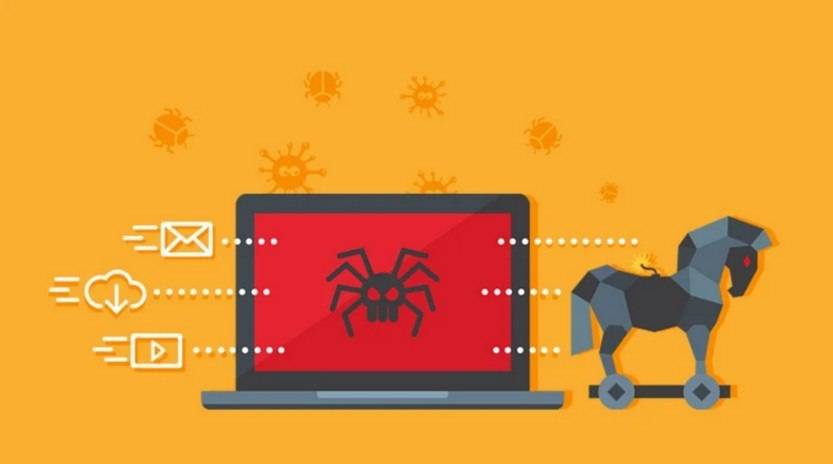Scams have become increasingly prevalent in the digital age, with fraudsters constantly finding new ways to deceive unsuspecting individuals. One such scam that has gained significant attention recently is the KFC ‘Two Free Chicken Buckets’ Facebook giveaway scam. This article aims to provide a comprehensive overview of the scam, including what it is, how it works, what to do if you have fallen victim, technical details, and relevant statistics.

What is the KFC ‘Two Free Chicken Buckets’ Facebook Giveaway Scam?
The KFC ‘Two Free Chicken Buckets’ Facebook giveaway scam is a fraudulent scheme that aims to trick users into believing they can receive two free chicken buckets from KFC by participating in a Facebook giveaway. The scam typically involves a post or advertisement on Facebook claiming that KFC is giving away free chicken buckets to celebrate a special occasion or anniversary.
These posts often use official KFC branding, logos, and images to make them appear legitimate. They may also include enticing captions or descriptions to attract users’ attention and increase the likelihood of engagement. However, these giveaways are entirely fake and have no affiliation with KFC.
How Does the Scam Work?
The KFC ‘Two Free Chicken Buckets’ Facebook giveaway scam operates by exploiting users’ desire for freebies and their trust in well-known brands like KFC. The scammers behind the scheme create fake Facebook pages or accounts that mimic the official KFC page, complete with similar profile pictures, cover photos, and content.
Once the fake page or account is set up, the scammers start posting about the supposed giveaway, urging users to participate by following a set of instructions. These instructions typically involve liking and sharing the post, commenting on it, and clicking on a link provided in the description.
When users click on the link, they are redirected to a fraudulent website that appears to be an official KFC page. The website prompts users to enter their personal information, such as their name, address, phone number, and email address, under the guise of claiming their free chicken buckets.
However, providing this information to the scammers can have severe consequences. The scammers can use the collected data for various malicious purposes, including identity theft, phishing attacks, and unauthorized access to personal accounts.
What to Do If You Have Fallen Victim?
If you have fallen victim to the KFC ‘Two Free Chicken Buckets’ Facebook giveaway scam or any similar scam, it is crucial to take immediate action to protect yourself and minimize the potential damage.
Here are the steps you should follow:
- Change your passwords: Start by changing the passwords for all your online accounts, including social media, email, and banking accounts. Use strong, unique passwords that are difficult to guess.
- Enable two-factor authentication: Enable two-factor authentication (2FA) wherever possible to add an extra layer of security to your accounts. This will require you to provide a second form of verification, such as a code sent to your phone, in addition to your password.
- Monitor your accounts: Regularly monitor your bank statements, credit reports, and online accounts for any suspicious activity. Report any unauthorized transactions or changes immediately to the respective institutions.
- Run a scan with Malwarebytes: Scammers often use malware to gain unauthorized access to personal information. To ensure your device is free from malware, run a scan with Malwarebytes Free or any reputable antivirus software.
- Report the scam: Report the scam to the relevant authorities, such as your local law enforcement agency and the social media platform where you encountered the scam. This can help prevent others from falling victim to the same scheme.
Technical Details of the Scam
The KFC ‘Two Free Chicken Buckets’ Facebook giveaway scam utilizes various techniques to deceive users and appear legitimate. Here are some technical details of the scam:
- Phishing websites: The scammers create fake websites that closely resemble the official KFC website. These websites often use similar domain names, layouts, and design elements to trick users into believing they are on a legitimate platform.
- Social engineering: The scammers employ social engineering tactics to manipulate users into taking specific actions. They use persuasive language, urgency, and the promise of freebies to encourage users to engage with their posts and click on the provided links.
- Malware distribution: In some cases, the scammers may distribute malware through the fraudulent websites or links. This malware can infect users’ devices and compromise their security, allowing the scammers to gain unauthorized access to personal information.
Statistics on Facebook Scams
Facebook scams, including the KFC ‘Two Free Chicken Buckets’ giveaway scam, have become alarmingly common. Here are some statistics that highlight the prevalence of scams on the platform:
- According to a report by the Better Business Bureau, Facebook scams accounted for over $117 million in reported losses in 2020.
- In a survey conducted by the Anti-Phishing Working Group, Facebook was identified as the most targeted platform for phishing attacks, with 59% of all observed attacks targeting the social media giant.
- According to Facebook’s own statistics, the platform took down 1.3 billion fake accounts between October and December 2020, highlighting the scale of fraudulent activity on the platform.
Summary
The KFC ‘Two Free Chicken Buckets’ Facebook giveaway scam is a deceptive scheme that preys on users’ trust in well-known brands and their desire for freebies. By creating fake Facebook pages and websites, scammers trick users into providing their personal information, which can be used for malicious purposes.
If you have fallen victim to this scam or any similar scam, it is crucial to take immediate action to protect yourself. Change your passwords, enable two-factor authentication, monitor your accounts, run a scan with Malwarebytes, and report the scam to the relevant authorities.
Remember, staying vigilant and skeptical of online offers that seem too good to be true is essential in protecting yourself from scams. By being aware of the tactics scammers use and taking appropriate










